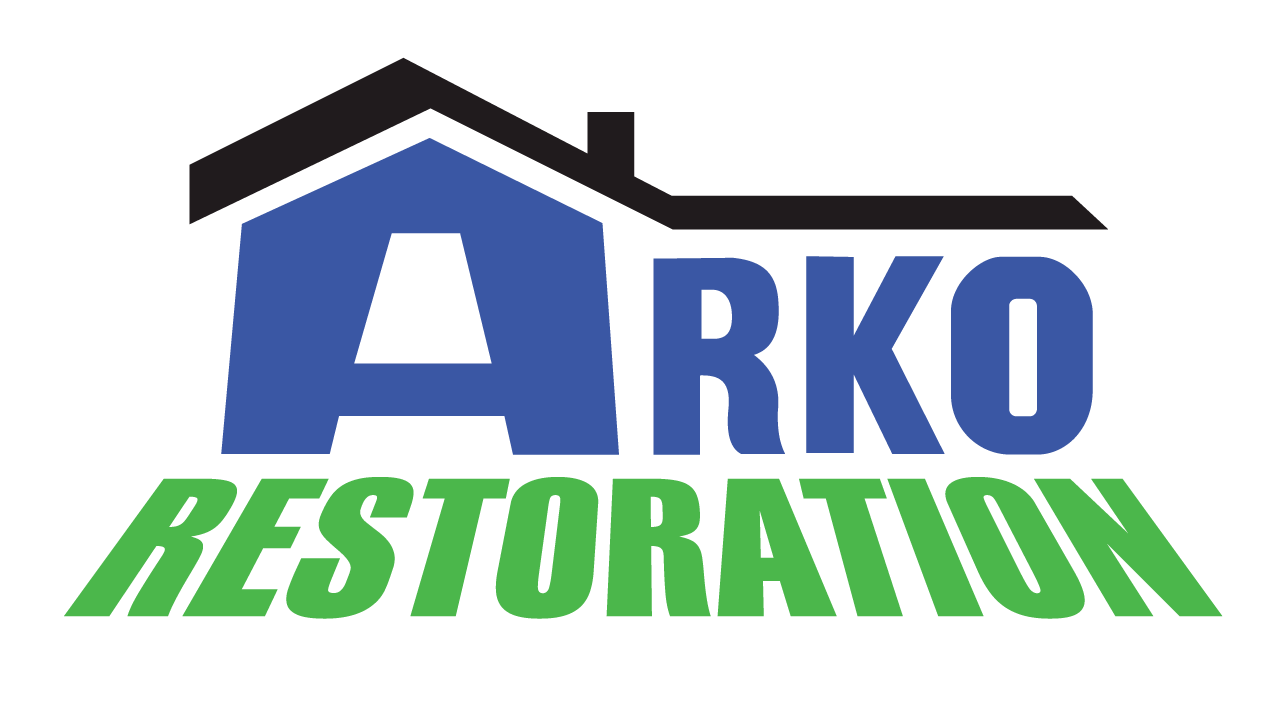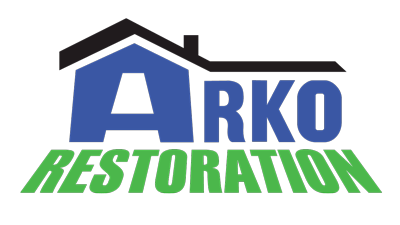Fire damage restoration is a crucial process for homeowners who have experienced the unfortunate event of a fire in their homes. The restoration process involves the removal of smoke, soot and water damage caused by the fire, as well as the repair and rebuilding of damaged structures. As a homeowner, it’s important to understand what to expect during fire damage restoration and how to prepare for the process.
Here’s what to expect and how to prepare…
1. Assessing The Damage:

The first step in fire damage restoration is assessing the extent of the damage. This may involve a professional inspection by a fire restoration company to evaluate the structural integrity of your home, the level of smoke damage and any water damage caused by firefighting efforts. The company will then provide you with an estimate of the time and cost(s) required to restore your home to its pre-fire condition. It’s important to note that the assessment process may take several days, and you should avoid entering the property until it has been deemed safe by the authorities
2. Documenting Your Losses:
In the aftermath of a fire, it’s essential to document your losses for insurance purposes. This includes taking photos and videos of the damage, as well as creating an inventory of all items that were damaged or destroyed in the fire. Be sure to keep all receipts and documentation for any repairs or replacements you may need to make. Your insurance company will likely require this information in order to process your claim. It’s also a good idea to keep all communication with your insurance company in writing and to ask for copies of any important documents or reports.
3. Securing Your Property:
After a fire, your home may be vulnerable to looters or further damage from the elements. To prevent this, it’s important to secure your property as soon as possible. This may involve boarding up broken windows, covering damaged roofs and locking doors. Your restoration company may provide these services or be able to recommend a reputable contractor for such work.
4. Dealing With Smoke Damage:
Even if the fire did not cause significant structural damage, smoke can be extremely damaging to your home and your health. Smoke and soot can penetrate porous surfaces, leaving a lingering odor and staining walls, ceilings and furniture. Professional restoration companies have specialized equipment and techniques to remove smoke and soot, including air scrubbers, thermal foggers and ozone machines. Be sure to discuss with your restoration company how they plan to address smoke damage in your home. It’s also important to take steps to protect your health, such as wearing a mask or respirator when on the property, and seeking medical attention if you experience symptoms such as coughing, shortness of breath or eye irritation.
5. Managing Water Damage:
In addition to fire and smoke damage, your home may have also sustained water damage from firefighting efforts. This can lead to mold growth, structural damage and other issues if not addressed promptly. A restoration company can help with water extraction, drying out affected areas and addressing any resulting mold growth. It’s important to act quickly to prevent further damage and potential health hazards.
6. Planning For Alternative Housing:

Depending on the extent of the damage, you may need to find alternative housing while your home is being restored. This can be a stressful and costly experience, so it’s important to plan ahead. Check your insurance policy to see if it covers temporary housing, and research options in your area, such as hotels, rental properties or staying with friends or family. It’s also a good idea to create a budget and keep track of any expenses related to alternative housing, as you may be able to recoup some of these costs through insurance or tax deductions.
7. Hiring A Reputable Restoration Company:
When choosing a restoration company, it’s important to do your research and choose a reputable and experienced company. Look for companies that are licensed, insured and certified by industry organizations such as the Institute of Inspection Cleaning and Restoration Certification (IICRC). You can also check reviews and ratings from previous customers to get a sense of their level of service and professionalism.
8. Understanding Your Insurance Coverage:
Understanding your insurance coverage is essential in the event of a fire. Be sure to review your policy and understand what is covered and what is not. It’s also important to know your deductible and any limits on coverage. Contact your insurance company as soon as possible after the fire to report the claim and begin the process of filing for compensation. Be sure to document all communication with your insurance company and keep track of any expenses related to the restoration process.
Summary:
In conclusion, experiencing fire damage in your home is a traumatic event that can be overwhelming. However, by understanding what to expect and how to prepare for the fire damage restoration process, you can take control and begin the journey toward restoring your home and life. Remember to reach out to a professional restoration company as soon as possible and work closely with them to ensure that your home is restored to its pre-loss condition. With patience, perseverance and the right professional support, you can rebuild your home and move forward from this difficult experience.


